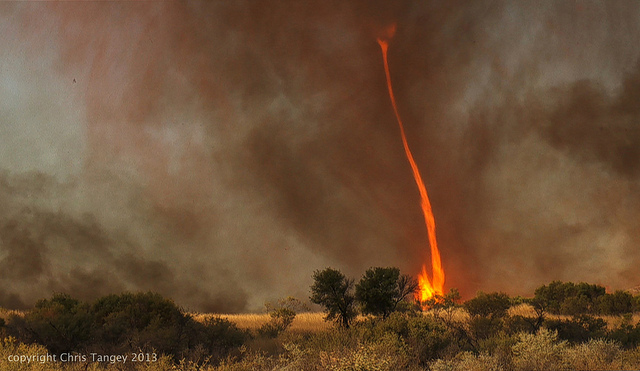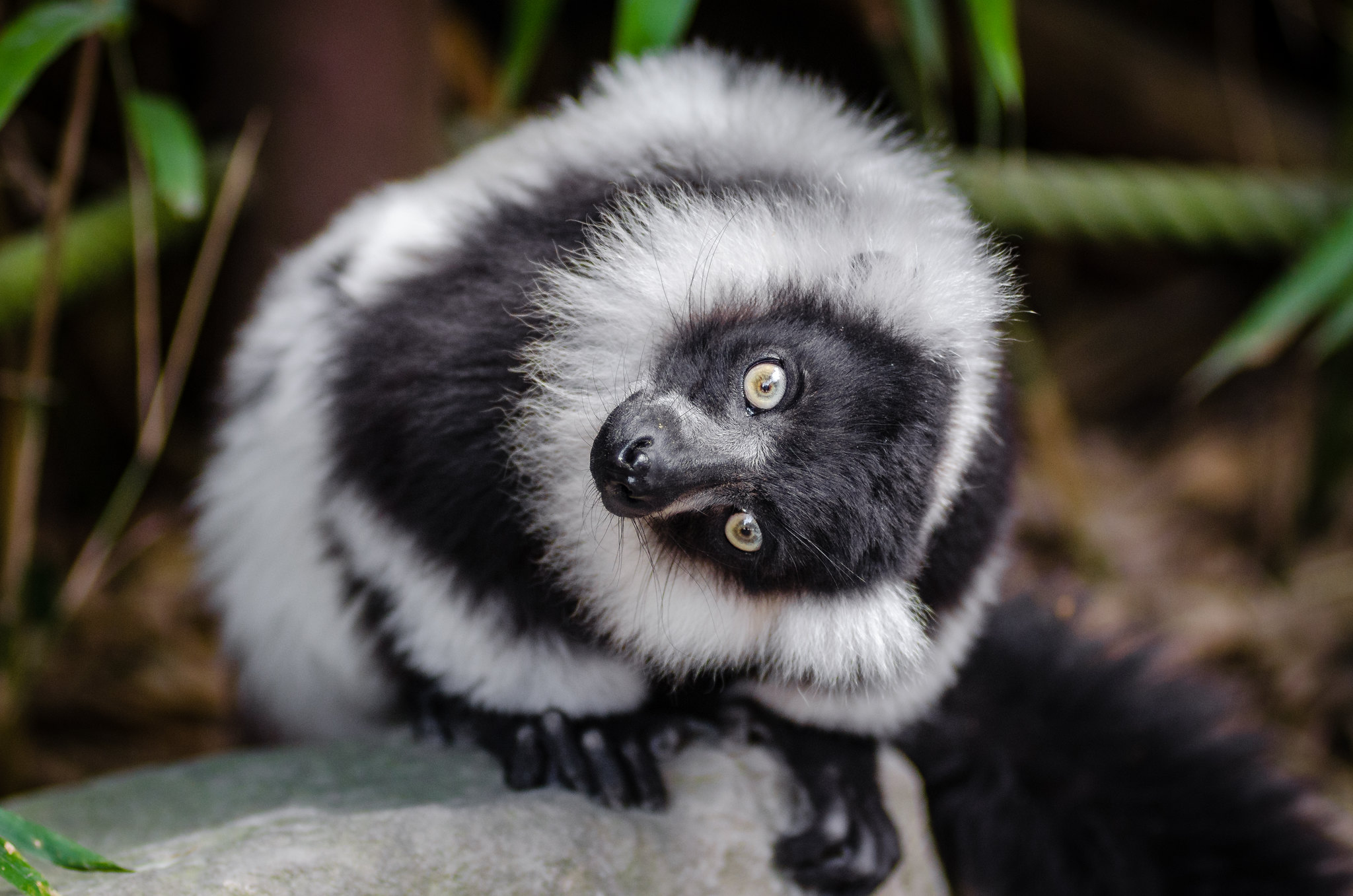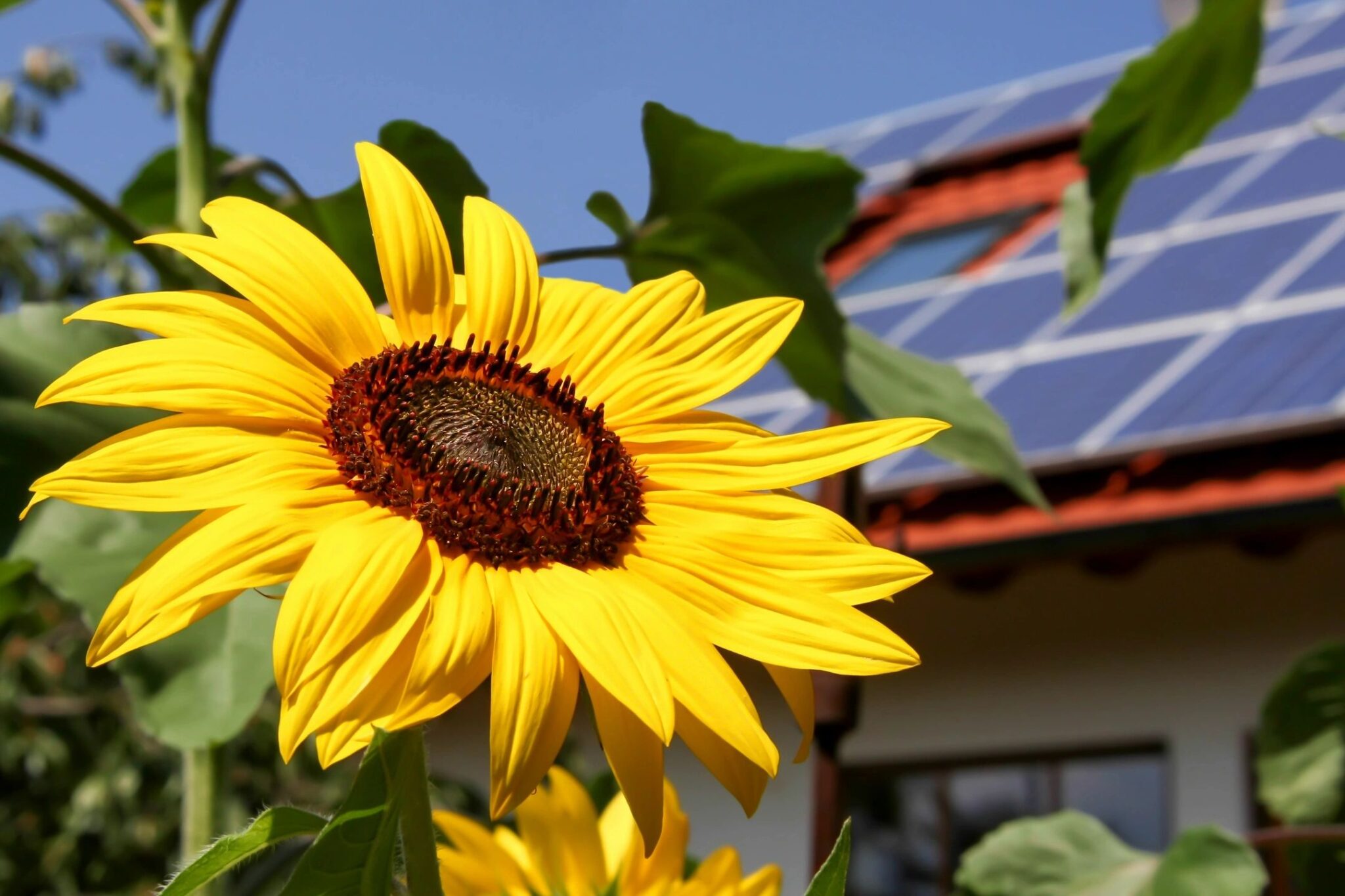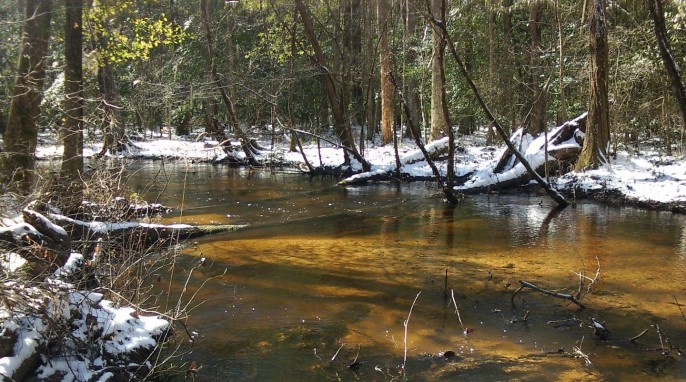An intense wildfire can produce its own weather, potentially causing thunderstorms and even “firenadoes.” Read on to learn how.
In the past decade, the United States has seen no shortage of natural disasters. From hurricanes that tear across the coast, destroying homes and flooding properties, to wildfires that consume thousands of acres of land, nature is often vicious and indifferent to human life. But it is also very peculiar. Most consider wildfires transient in their destruction, a singular event that burns forests and homes before firefighters quell the flames. But under the right conditions, an intense wildfire can produce its own weather with the potential to cause thunderstorms and—in some cases—“firenadoes,” and the science behind this phenomenon is fascinating.
How does it begin?
The atmosphere has to meet specific criteria for a wildfire to create its own weather. The primary influencers are dry air and hot temperatures. According to Amanda Schmidt, AccuWeather multimedia journalist, heat dries out vegetation and makes it more susceptible to the flames, spreading the fire at a faster pace. Hot air creates atmospheric instability, which is ideal for the development of thunderstorms. From here things only continue to worsen.
The fire pushes the air above it upward, and once the air begins traveling, the atmospheric instability accelerates the updraft. As the air continues to rise, the ash gives moisture an opportunity to accumulate and condense into water droplets from which clouds with the scientific designation of pyrocumulus clouds, or “fire clouds,” begin to gather and form. If the wildfire is powerful enough and if conditions allow for expansion and aggregation of the clouds, they can grow into pyrocumulonimbus clouds, or “firestorm clouds.”
RELATED: Rain or Snow: How do you know?
What are the effects?
When a wildfire produces its own weather, the effects are both beneficial and detrimental to the environment. In many cases, the clouds only add to the destruction and do little to alleviate it. While rain may help, lightning does not, as it makes fire management more difficult. As Schmidt states, lightning can strike the already flammable vegetation, creating new fires that place stress on containment efforts. But there are additional dangers just as significant, and one of them comes in the form of shifting wind patterns that fan and spread the flames.
Warm air will rise if its temperature exceeds the temperature of its surroundings, and because this air is lower in density, it can create a vacuum. As the air from around the fire moves into this space, it affects the wind, which in turn exacerbates the problem, because powerful gusts carry the flames and extend their reach to new vulnerable areas.
A combination of wind and wildfires can also result in whirling columns of fire referred to as firenadoes. These fire swirls carry embers and ash, endangering firefighters who struggle in violent conditions. And the effects of wildfires don’t remain isolated to a single place. In some instances, the strength and magnitude of these winds and the sheer heat of wildfires can send particulates and gases all around the world.
How are researchers responding?
In areas susceptible to wildfires, organizations are researching new ways to protect against this destructive natural disaster. Studies focus on urban areas to determine what happens when buildings and communities come into contact with a wildfire and how to ensure their safety in the future.
According to Laurel Hamers, a Science News reporter, wildfires in an urban area are far more difficult to contain than those that affect only a single house, as the proximity of the buildings to each other often causes them to ignite one another. As a result, after a certain point, curbing the spread of the flames is almost impossible.
Researchers have designed sets of equations that estimate how firebrands (burning vegetation or debris) transfer heat to a surface and how volatile various types of fuel are in different temperatures. Carrying out lab experiments and accumulating data will eventually aid in the development of new protocol and practices.
Further study and management
With the many threats a wildfire poses to individuals and communities alike, contending with the danger is no small undertaking. Both research and mitigation are necessary to protect the population from natural disasters, an increasingly relevant responsibility as global warming alters the climate. With the concerted effort of policy advisers and committed organizations, everyone can take steps to reduce the risk of wildfires.
Want to help study the weather?
How can it snow when temperatures are above freezing? Mountain Rain or Snow has the answer — and wants your help studying it. READ MORE
References
Hamers, L. (2018). Wildfires make their own weather, and that matters for fire management. Science News Magazine of the Society for Science & the Public, 194(8), 24. Retrieved from https://www.sciencenews.org/article/wildfires-make-their-own-weather-and-matters-fire-management.
Mitton, J. (2018). Wildfires generate their own weather. Colorado Arts and Sciences Magazine. Retrieved from https://www.colorado.edu/asmagazine/2018/07/13/wildfires-generate-their-own-weather.
Schmidt, A. (2018). How destructive wildfires create their own weather. Retrieved from https://www.accuweather.com/en/weather-news/how-destructive-wildfires-create-their-own-weather/70005643.
Featured image by Chris Tangey via Flickr.




